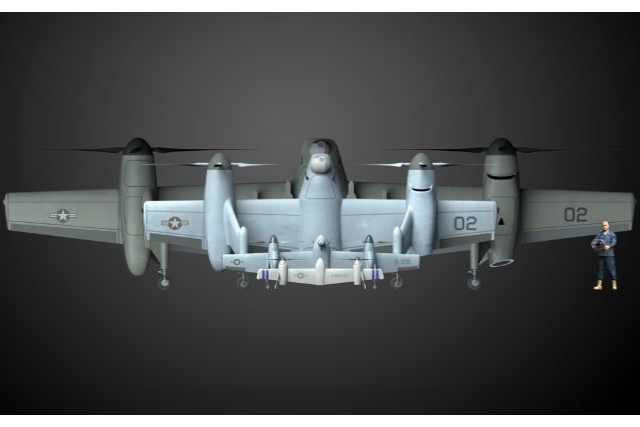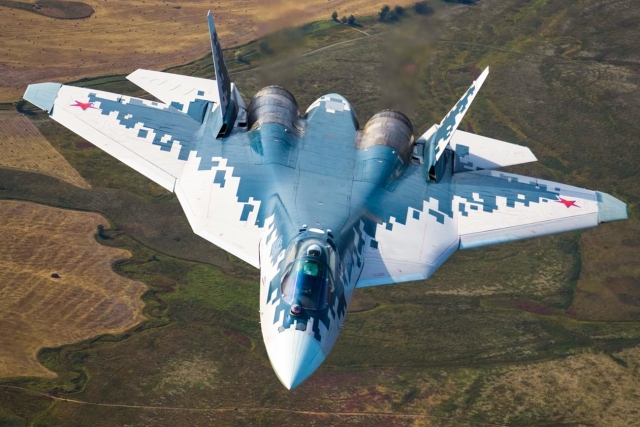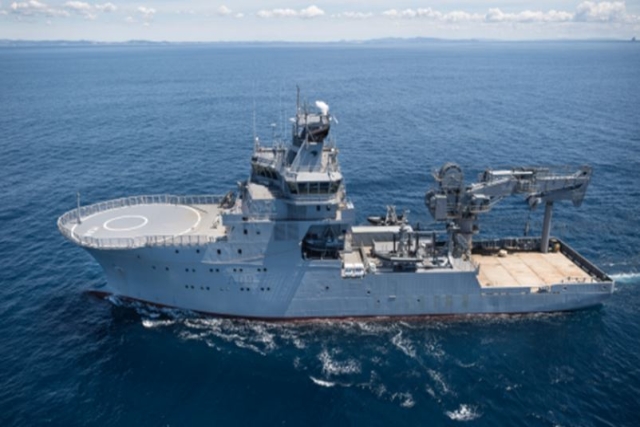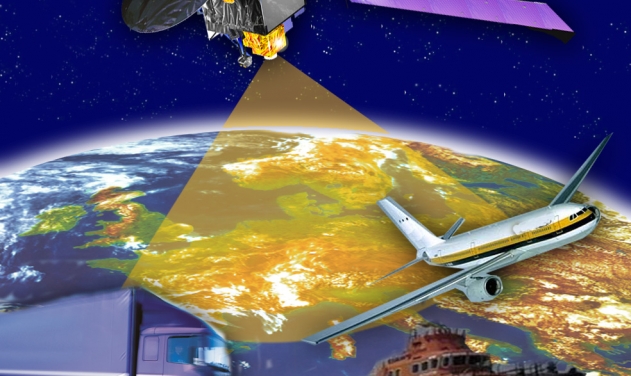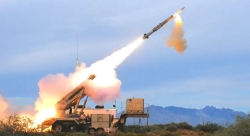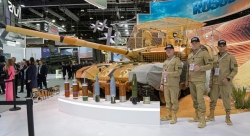Iran Considering Chinese J-10C Fighter Jets
Tehran eyes Chengdu J-10CE fighters to replenish aging air fleet as delays in Russian Su-35 deliveries persist amid Ukraine War
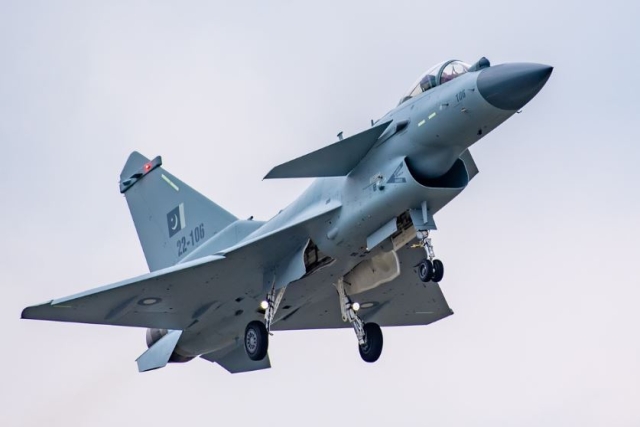
Iran is considering the acquisition of Chinese Chengdu J-10CE fighter jets to rapidly replenish its outdated air force, following recent high-level defense talks in Beijing.
The talks come as Iranian Defense Minister Aziz Nasirzadeh visited China, reportedly exploring the possibility of purchasing Chinese-made ‘4++ generation’ J-10CE jets, which have demonstrated strong regional performance in Pakistan’s fleet, according to a post by the Russian Arms Telegram channel.
Pakistan’s use of the J-10CE—equipped with KLJ-7A AESA radar and PL-15 long-range air-to-air missiles—has reportedly delivered air superiority over Indian Rafale F3Rs, positioning the jet as a leading candidate for Iran's defense upgrade.
While Iran previously announced a deal for Su-35 fighters from Russia, deliveries remain uncertain. In November 2023, a deputy defense minister claimed the Su-35 sale was finalized. A reported April 2024 order for 24 jets was later denied by Iranian state media.
In January 2025, Islamic Revolutionary Guard Corps commander Ali Shadmani confirmed that Su-35s had been purchased, but gave no details on delivery status or numbers. Russia’s internal military needs amid tensions with NATO have reportedly slowed down potential transfers.
“These (J-10C) Chinese 4++ generation fighters are considered by Tehran as the main contenders for the rapid replenishment of obsolete and partially destroyed ammunition. It is logical that deliveries of Su-35S with R-37M missiles may also continue,” as per the telegram post.
According to the World Directory of Modern Military Warships, around 58% of Iran’s air force comprises fighter aircraft. Many of these jets are decades old, including 63 F-4D/E/RF, 41 F-14A/AM, 35 F-5E, 23 Su-24MK, 18 MiG-29A, 17 F-7, and 12 Mirage F1EQ. Iran also operates smaller numbers of domestically built jets such as the Kowsar, Azarakhsh, and Saeqeh, along with various trainer aircraft such as the Russian YAK-130.
Despite maintaining one of the most complex fighters ever fielded—the U.S.-built F-14—without foreign support for over 40 years, Iran’s aging fleet is now vulnerable, particularly as U.S. and Israeli air forces have struck strategic targets in Iran.
Experts Dispute Claims That Iran Lacks Capacity to Absorb Modern Fighters
Analysts argue that Iran lacks the infrastructure to effectively operate new fighter fleets, stating it could take over a decade and 100–300 aircraft to create real air parity.
Military Watch Magazine contested these claims, citing Iran’s existing fleet and decades-long experience operating heavy fighters like the F-14 and MiG-29.
“Converting squadrons to modern aircraft like the J-10C or even the MiG-35 would not take a decade,” the report stated. Countries such as India transitioned to the Su-30MKI from the MiG-29 in under two years.
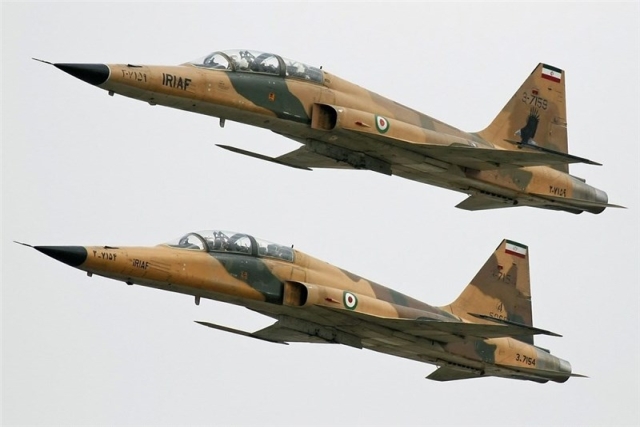
Limited Numbers Could Still Shift the Balance
Defense analysts suggest that even a small number of modern ‘4+ generation’ fighters could complicate Israeli air operations near Iran. Modern fighters operating near Iran’s radar and air defense networks could use sensor fusion to enhance the effectiveness of surface-to-air missiles.
Additionally, jets like the J-10C or Su-35—with longer-range missiles—could pose threats to Israeli tankers, which are essential for long-range strike missions.
Even if Israeli F-35s retain a technological edge, forcing them into air-to-air roles could dilute their ground-attack capabilities, analysts say.
Post-Embargo, But Still No Fighters
Since the 2020 expiration of the U.N. arms embargo on Iran, Tehran has been free to procure modern military hardware. Yet nearly five years later, no substantial deliveries of advanced fighters have taken place.
Iran could have secured a modern fighter fleet for $3–5 billion—comparable to Pakistan’s J-10C deal—but years of hesitation have come at a steep price. The failure to modernize in time has left Iran vulnerable, with mounting security risks and far greater economic fallout than the cost of procurement. If the current conflict ends with the Iranian government intact, rebuilding the air force will be an urgent priority—not a choice, but a strategic imperative.
